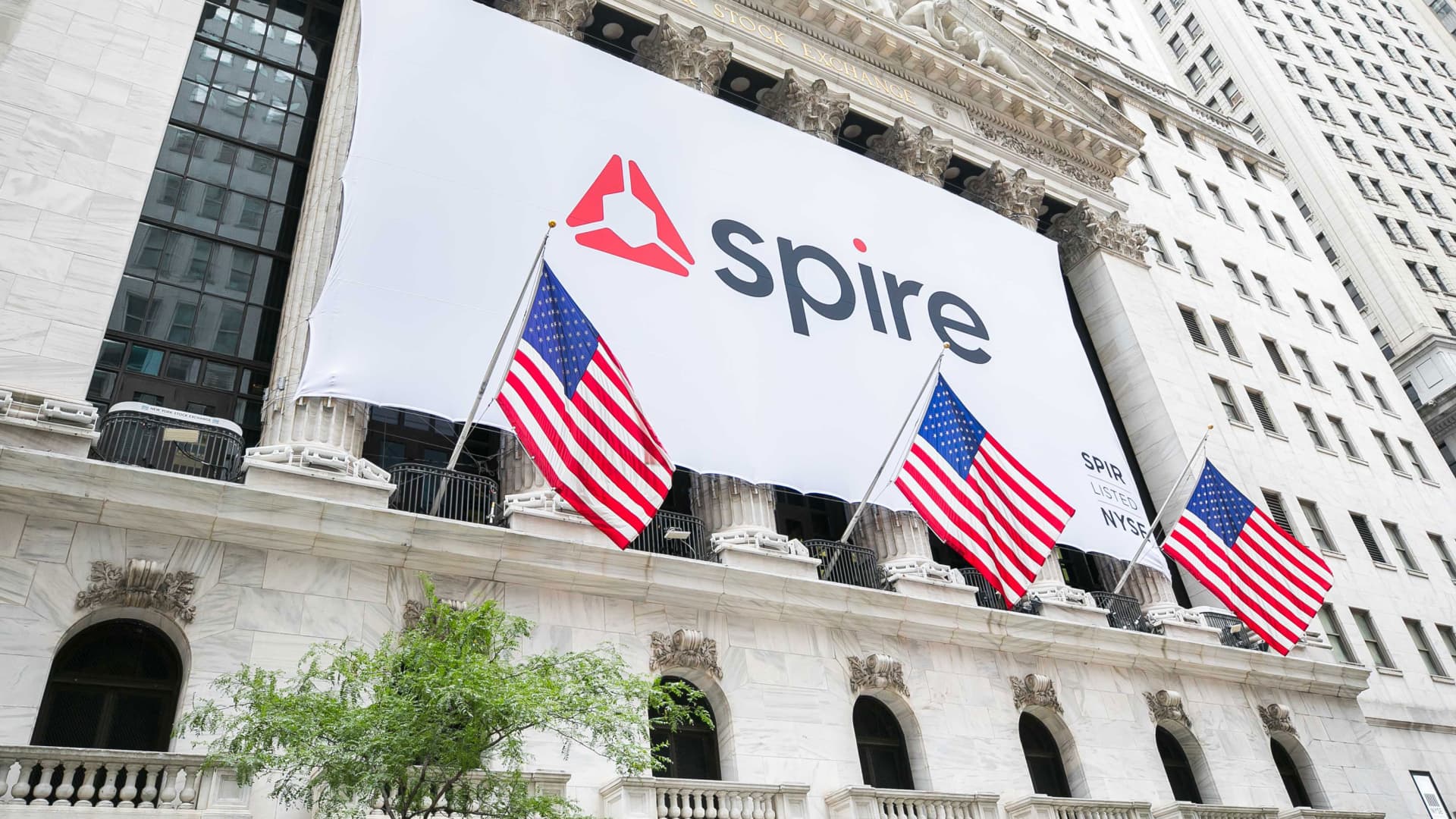Artificial intelligence has been instrumental to weather forecast modeling for years, and recent breakthroughs in generative AI dangle the possibility of it becoming more accurate.
That’s what Spire Global is betting on in its recently announced partnership with AI darling Nvidia.
“What deep learning and neural networks and generative AI have done is they have shifted the power from those who have access to supercomputers a bit more to those who have access to super data,” Peter Platzer, CEO and co-founder of Spire Global, told CNBC’s Morgan Brennan in an interview on CNBC’s “Manifest Space” podcast.Â
“Because the supercomputer side with a model has been replaced with hyper efficient GPUs [graphics processing units], you can run something that used to take eight hours, and you can now run it in eight seconds,” he explained. “For us, that has been always a vision that we knew eventually was going to come, so when this [Nvidia] partnership became possible, we jumped on that.”
Twelve-year old Spire Global is in the radio frequency sensing business, operating a satellite constellation that collects space-based radio frequency data that can be analyzed and sold as a service. It offers information on weather, climate, and ship and aircraft movements, as well as has a space services business.
The opportunity in weather forecasting, though, is huge: A third of the global economy â roughly $30 trillion worth of global GDP â ranging from trade to agriculture to power generation is subject to weather, according to Platzer.
He estimates there are some 175 major use cases across up to 200,000 customers or customer types globally when it comes to weather forecasting. In other words, the need for more accurate forecasts, particularly with more lead time, is in high demand.
Follow and listen to CNBC’s “Manifest Space” podcast, hosted by Morgan Brennan, wherever you get your podcasts.
So what does this collaboration with Nvidia entail?
“It allows us access to their infrastructure to serve our customers better, with more valuable products and new use cases ⦠and them access to our data to improve their modeling, their machinery,” Platzer said.
Nonetheless, “at this point in time there is no immediate economic flow from Nvidia to Spire or vice versa,” he noted.
As has been the case with a growing list of companies working with the semiconductor stalwart, investors reacted favorably to the news, which was disclosed at Nvidia’s GTC developer conference in March.
Nvidia CEO Jensen Huang unveiled a “digital twin” of Earth called Earth-2 onstage that essentially pairs the open cloud platform with Nvidia’s generative AI model CorrDiff and Spire’s satellite data to improve existing weather and climate prediction models.
Spire Global, a small capitalization stock that went public through a SPAC merger in 2021, shot up roughly 40% in response.
Spire then raised $30 million through a direct offering of common stock to two institutional investors â an offering that closed last week.
“We had a number of investors competing to get in on the Spire story,” Platzer said. “For us, it means that we can deliver the balance sheet, we can lower our cost of capital, we can create more flexibility ⦠we’re going to have fewer debt payments, which increases our free cash flow and that helps us on that path to free cash flow profitability.”
Spire Global forecasts achieving positive free cash flow this summer, or by the third quarter of 2024.
Read the original article here
